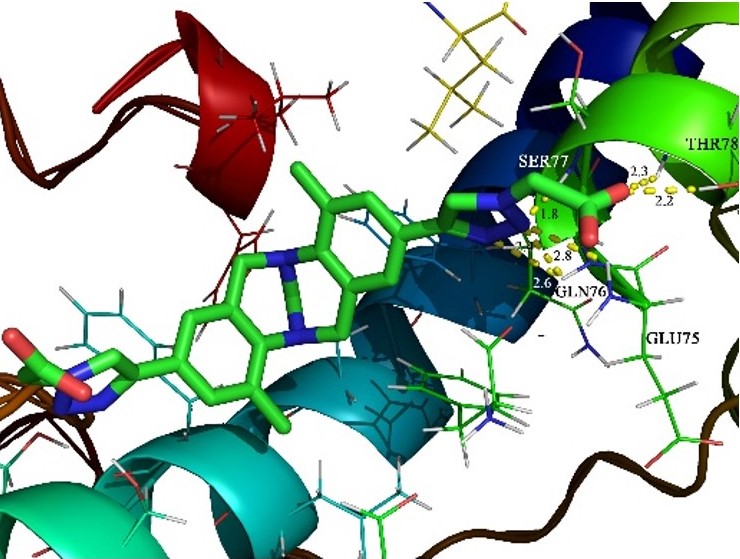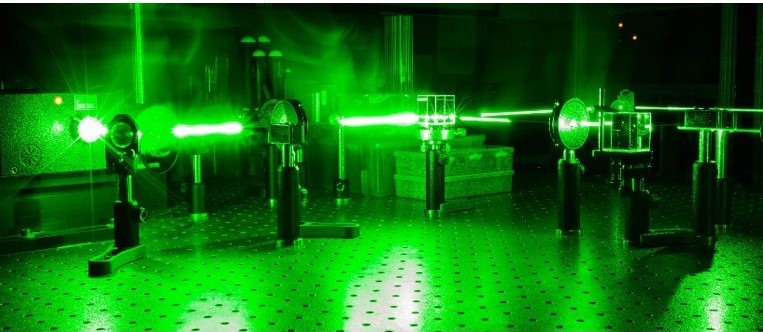
Department of Physics
University of Kerala
Established in 1970
Re acreditted by NAAC with A++ grade
Department of Physics
University of Kerala
Kariavattom Campus
Thiruvananthapuram
Molecular docking for drug discovery and development
Our research focuses on quantum chemical computations using Density Functional Theory (DFT) methods, molecular docking, vibrational spectral studies of natural molecules, and characterization of nonlinear optical materials for optical power limiting applications using the Z-scan technique. Quantum chemical computations provide better insights into the structure and properties of molecules. Gaussian 16 program package is used for Density Functional Theory calculations. Structural optimization, theoretical electronic and vibrational analysis, natural bond orbital analysis, frontier molecular orbital, hyperpolarizability, and non-linear optical analysis are done using this software. The computations are done for synthetic single crystals, dyes, organometallic compounds, and other organic and inorganic derivatives. Molecular docking is a vital tool in structural molecular biology and computer-assisted drug design to explore the behavior of small molecules in the binding site of a target protein. In modern drug discovery, protein-ligand or protein-protein docking plays a vital role in predicting the orientation of the ligand when it is bound to a protein receptor or enzyme using shape and electrostatic interactions to quantify it. The druggability of the compounds and their specificity against a particular target can be calculated for further lead optimization processes with the docking strategies. Both computer-aided docking and virtual screening use a variety of algorithms that allow the small molecule(s) to be rapidly rotated and translated around the protein surface or active site and scored based on their steric fit and predicted free energy. When an optimal orientation is found, or a particularly high-scoring molecule is identified, a drug lead or a drug mechanism is said to have been “discovered.” The results of these computational experiments are used iteratively by synthetic organic chemists to help design or select improved lead compounds.

Development of novel optical power limiting materials
Non-linear optics deals with the interaction of intense electromagnetic radiation with matter. It opens up many phenomena like optical harmonic generation, optical rectification, self-focussing, optical limiting, etc. Control of luminous radiation, i.e., optical power regulation, has exceptionally significant applications for modern spectroscopy and optical technologies. This can be generally achieved by synthesizing suitable materials that show nonlinear absorption- a third-order nonlinear property. Passive optical power limiting properties of various
